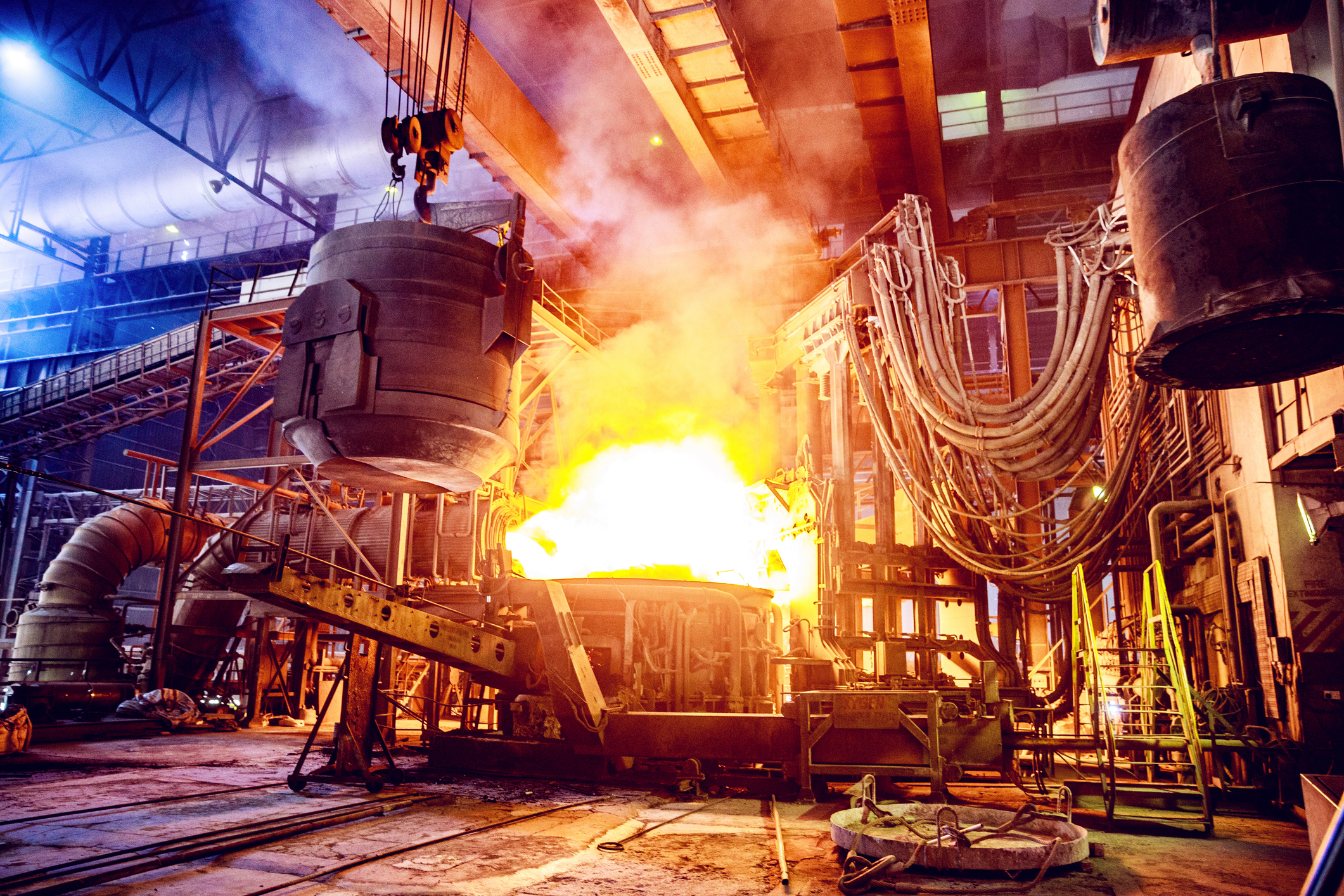
Nuclear Grade O-ring Materials
Nuclear grade elastomers and plastics are specially engineered materials designed to meet the stringent demands of nuclear power plants, research facilities, and other radiation-exposed environments. These materials are formulated to withstand extreme temperatures, high radiation levels, and harsh chemical exposure while maintaining long-term performance and integrity. Purity is a critical factor for nuclear-grade materials, ensuring that unwanted metals and elements that could compromise safety or performance are strictly controlled. Compliance with industry standards such as EN 14582 (total halogen and sulfur content) and EPA 3052 (acid digestion for trace metal analysis) guarantees the material's suitability for nuclear environments. These materials are often used to manufacture O-rings, gaskets, and custom elastomeric or plastic parts.
Check with one of Canyon’s helpful product engineers for an expert material and manufacturing recommendation.
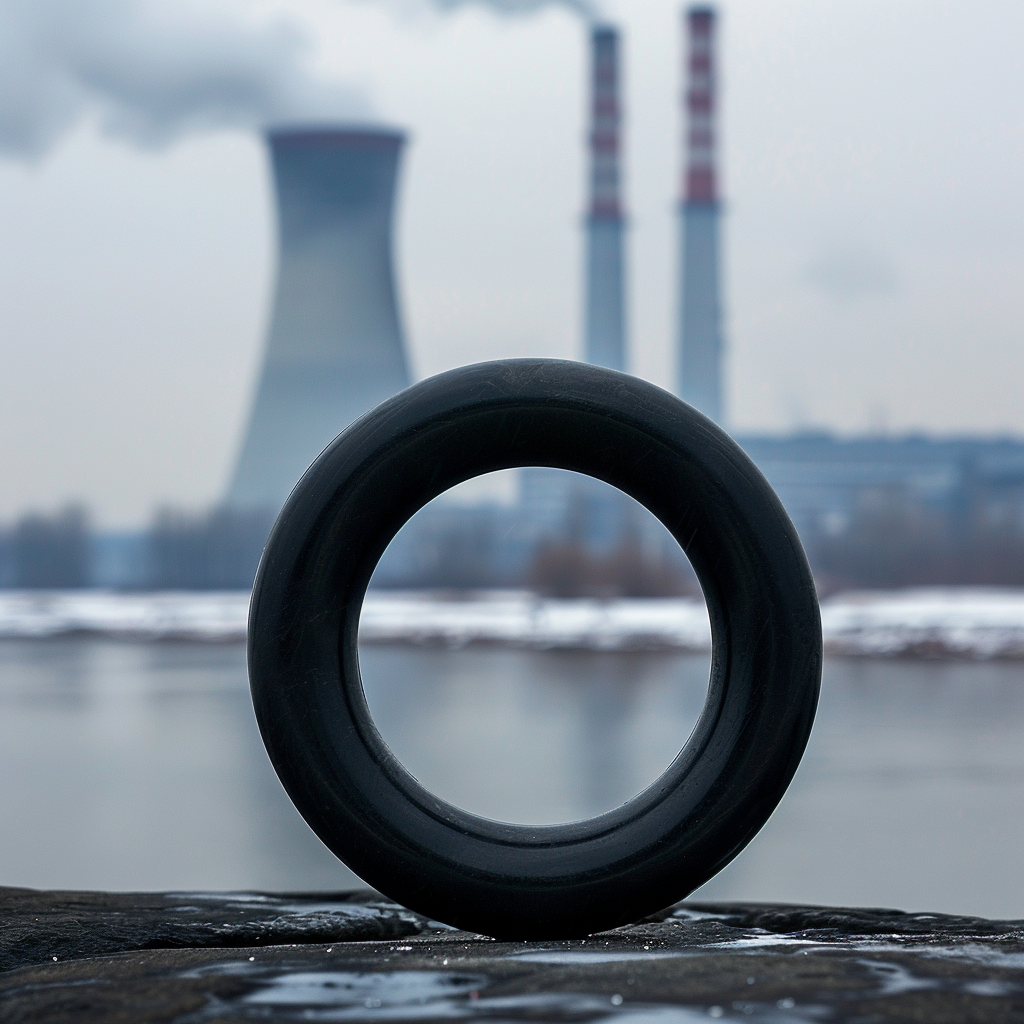
Features of Nuclear Grade Materials
- Radiation Resistance – Nuclear-grade elastomers and plastics are designed to withstand high levels of gamma and neutron radiation without degradation, embrittlement, or loss of elasticity.
- Purity and Material Control – These O-rings, gaskets, and custom elastomeric or plastic parts are highly purified to eliminate contaminants, including unwanted metals and halogens, which could create reactive byproducts or corrosion under radiation exposure. Purity testing adheres to EN 14582 and EPA 3052 standards.
- Thermal Stability – Nuclear environments often involve extreme heat. Nuclear-grade O-rings, gaskets, and custom elastomeric or plastic parts are formulated to maintain their mechanical properties across a wide temperature range, from cryogenic levels to high heat.
- Chemical Resistance – Resistant to exposure from coolants, cleaning agents, and radiation byproducts, nuclear-grade materials provide reliable sealing and structural integrity even under prolonged chemical exposure.
- Low Outgassing – O-rings, gaskets, and custom elastomeric or plastic parts used in nuclear applications are designed to minimize outgassing, which can introduce contaminants into sensitive environments or create safety hazards.
- Traceability and Quality Assurance – Strict documentation and material testing ensure consistency, reliability, and adherence to nuclear industry standards.
Common Applications of Nuclear Grade Materials
O-rings, Seals, and Gaskets
- Used in reactor coolant systems, steam generators, and pressurized vessels
- Provide reliable sealing under high pressure and radiation exposure
Containment and Shielding Components
- Elastomers and plastics used in radiation shielding and containment barriers
- Maintain structural integrity under prolonged radiation and heat
Valve Seats and Diaphragms
- Provide leak-free operation in valves used for controlling fluids and gases in nuclear plants
Pumps and Compressors
- Sealing elements and structural components resistant to chemicals, radiation, and thermal stress
Electrical Insulation
- Plastics used in cable coatings and connectors within nuclear reactors and radiation-exposed zones
Fluid Handling Systems
- Hoses, seals, and tubing used for handling radioactive or corrosive fluids
Nuclear Grade EPDM Materials Available
This table shows many of our standard materials and links out to our O-ring store. Get in touch with us if you need a custom gasket, custom molded part, or non-standard geometry!
Filter by
Temperature Search (°C)
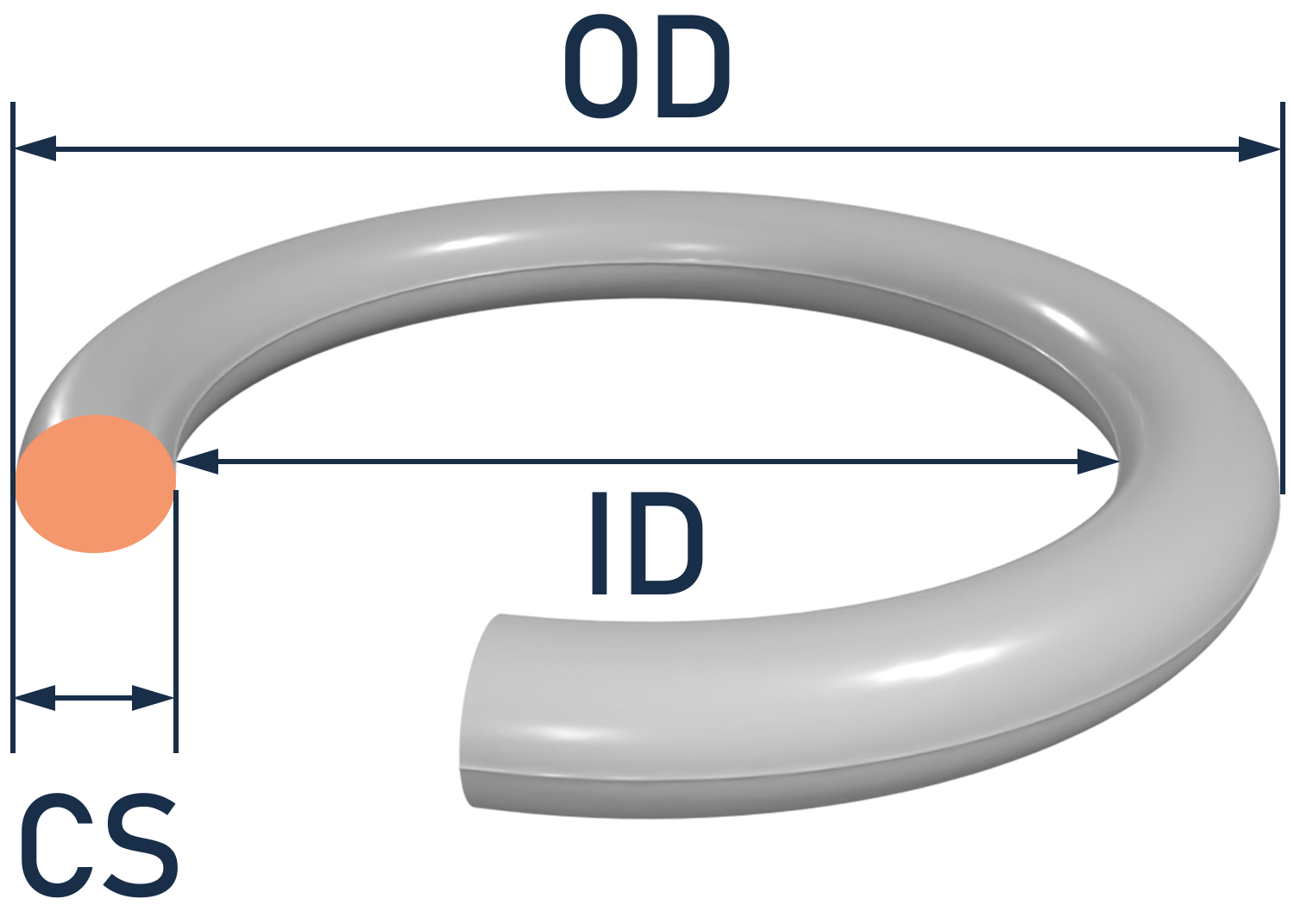
Please consult a Canyon Components Engineer about your specific application and we will use our decades of experience to formulate a solution that fits your need.
Nuclear Grade Materials Pros & Cons
In nuclear environments, even trace amounts of certain metals and contaminants can cause significant issues, including corrosion, chemical instability, and radiation-induced degradation. Nuclear-grade O-rings, gaskets, and custom elastomeric or plastic parts are manufactured and tested to strict purity standards to minimize these risks. Compliance with EN 14582 ensures low halogen and sulfur content, while EPA 3052 testing confirms the absence of harmful trace metals. This attention to material purity ensures that nuclear-grade components maintain their mechanical and chemical integrity under the harshest conditions.
Nuclear-grade elastomers and plastics offer unparalleled performance in high-stress environments, including radiation, extreme temperatures, and chemical exposure. Their enhanced purity, mechanical strength, and chemical resistance make them ideal for demanding nuclear applications. With strict adherence to industry standards like EN 14582 and EPA 3052, these materials provide the reliability and durability needed for long-term success in nuclear facilities.
Canyon Components strives to meet all customer service requests. Feel free to contact Canyon Components engineering and let our knowledgeable staff help you design the perfect part for your needs.
Pros of Nuclear Grade Materials
- Superior Radiation Resistance – Nuclear-grade materials retain their properties even after long-term exposure to high levels of gamma and neutron radiation.
- High Purity – Eliminating unwanted metals and halogens ensures that the material will not degrade or create reactive byproducts under radiation exposure.
- Wide Temperature Range – These materials maintain flexibility and strength in both cryogenic and high-temperature environments.
- Excellent Chemical Resistance – Resistant to coolants, solvents, and radioactive byproducts, making them suitable for direct contact with reactor fluids.
- Strict Quality Control – Materials are manufactured and tested to comply with EN 14582 and EPA 3052 for trace elements and halogen content.
- Low Outgassing – Reduces the risk of contamination in sensitive reactor environments.
Cons of Nuclear Grade Materials
- Higher Cost – The high level of material purity and precision manufacturing increases production costs.
- Limited Availability – Nuclear-grade materials are manufactured under strict controls, limiting availability and production speed.
- Design Limitations – High-purity materials may have more restricted processing options or may require specialized molding or machining techniques.
- Compatibility Challenges – Not all nuclear-grade materials are compatible with all coolants or chemical exposures, requiring material selection based on specific operating conditions.
Please consult a Canyon Components Engineer about your specific application and we will use our decades of experience to formulate a solution that fits your need.
Back to Industries Hub
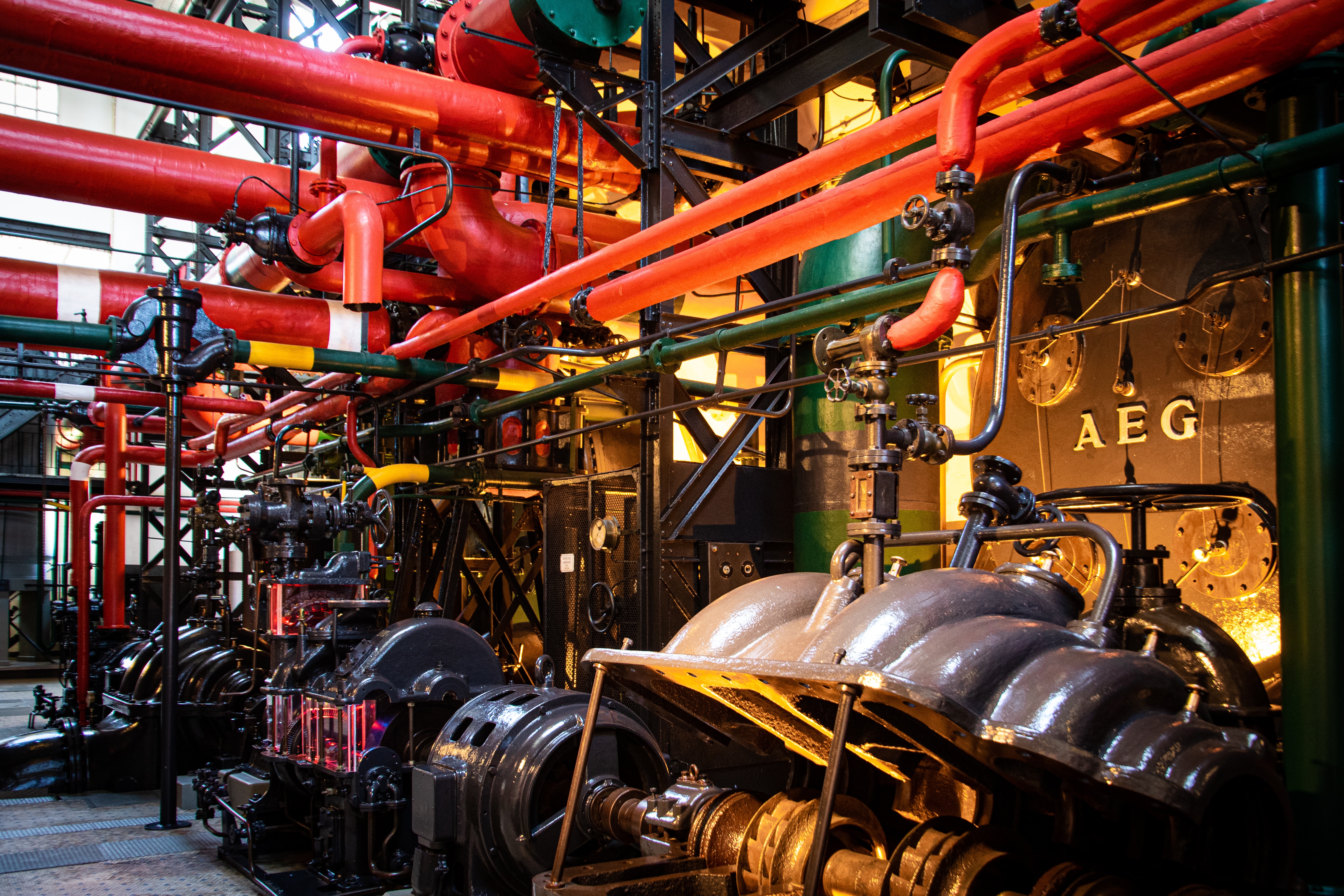
Get A Quote Now!
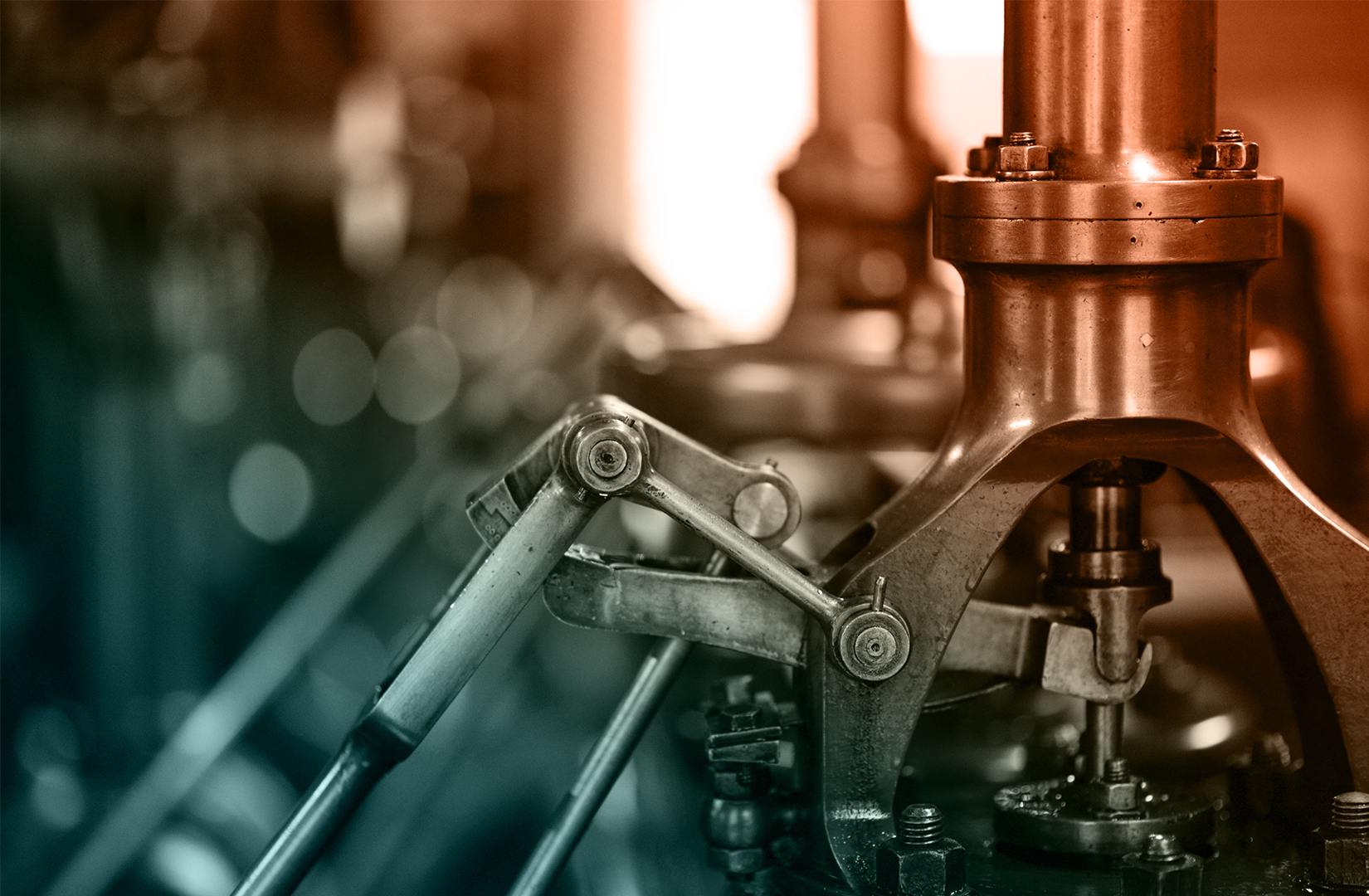
Groove Design References
Learn More
Coatings, Packaging, & Other Services
Learn More
Custom Parts & Custom O-rings
Learn More
FAQ
Sealing materials used in nuclear power generation and containment systems must perform flawlessly under radiation, heat, and chemical stress for extended service life. Canyon Components supplies nuclear grade EPDM O-rings, gaskets, and custom parts engineered specifically for radiation resistance, steam exposure, and long-term durability. Our premier compound, EPDM EP75BK28, is formulated for exceptional stability and tested for low halogen and heavy metal content to ensure compatibility with nuclear and radiation-sensitive systems. EP75BK28 has been verified to meet EN 14582 & IC for low fluorine, chlorine, and bromine; US EPA 3052 & ICP-OES for low mercury, arsenic, lead, and zinc; and US EPA 3052 & EA for low sulfur content, providing unmatched material purity and safety assurance for the nuclear industry. If you have any questions or require design assistance, feel free to reach out to the Canyon Components engineering team!
How does radiation exposure affect seal performance?
Radiation can cause molecular chain scission in elastomers, leading to embrittlement and loss of elasticity. Also, depending on the elastomer composition, heavy metals could leach out of the material, causing contamination in a nuclear system. Canyon EP75BK28 is specifically formulated to have low halogen and low heavy metal content per EN 14582 and EPA 3052 to avoid this issue and reduce potential for corrosive byproducts during irradiation. For environments with the most extreme cumulative radiation exposure, Canyon Components also supplies FFKM and PTFE materials that complement EPDM in hybrid systems, combining radiation tolerance with broad chemical resistance. If you have any questions or require design assistance, feel free to reach out to the Canyon Components engineering team!
Can EPDM handle simultaneous heat, radiation, and chemical exposure?
Yes. Canyon Components’ EP75BK28 EPDM compound is specifically formulated to endure high temperatures, oxidative steam, and radiation simultaneously. It retains low compression set and mechanical resilience up to 300°F. The compound’s certified low halogen, sulfur, and heavy metal content also ensures chemical stability during long-term service, minimizing the risk of corrosion or contamination in nuclear steam and coolant systems. This makes EP75BK28 ideal for critical applications such as pressurized water reactor seals, containment gaskets, and turbine interface components, where both thermal and radiological durability are required. If you have any questions or require design assistance, feel free to reach out to the Canyon Components engineering team!
What other materials complement EPDM in nuclear-grade sealing systems?
While EPDM is the primary choice for nuclear environments, other materials are often used in tandem for specialized performance needs. FFKM (perfluoroelastomer) is ideal for extreme chemical exposure, while PTFE provides ultra-low gas permeability and radiation stability for static sealing applications. Silicone, NBR, and metal-bonded seals are used in lower-temperature or mechanical isolation areas. Each of these materials can be paired with EP75BK28 to form multi-material assemblies that handle diverse stresses. Canyon Components ensures all materials used in nuclear-grade systems are fully traceable and compliant with radiation, contamination, and mechanical endurance requirements. If you have any questions or require design assistance, feel free to reach out to the Canyon Components engineering team!
What are the biggest challenges of sealing in nuclear applications?
Nuclear sealing systems face a combination of radiation degradation, thermal expansion, and corrosive fluid exposure that can quickly destroy conventional elastomers. Over time, this can lead to leakage, contamination, or system inefficiency. Canyon Components solves these challenges with materials like EP75BK28, which provides long-term sealing stability, low outgassing, and verified purity through independent testing. The compound’s low halogen and low metal formulation prevents chemical corrosion, while its radiation-resistant backbone ensures elasticity and integrity even after years of service. This balance of purity and durability makes EP75BK28 a preferred choice for containment and reactor applications worldwide. If you have any questions or require design assistance, feel free to reach out to the Canyon Components engineering team!
How are nuclear-grade materials tested for compliance and quality assurance?
All nuclear-grade materials undergo extensive mechanical, chemical, and radiological validation before release. Canyon Components’ EP75BK28 is tested per EN 14582 & IC to confirm low halogen levels (fluorine, chlorine, and bromine), US EPA 3052 & ICP-OES to confirm low mercury, arsenic, lead, and zinc, and US EPA 3052 & EA for sulfur analysis. These tests ensure the compound does not contribute to corrosion or contamination during operation. Additional testing includes gamma irradiation endurance, tensile strength, elongation, compression set, and thermal aging, simulating decades of service. Each batch is fully traceable and documented with a Certificate of Conformance and analytical test results. If you have any questions or require design assistance, feel free to reach out to the Canyon Components engineering team!
What documentation and traceability are included with nuclear-grade materials?
Every shipment of nuclear-grade material from Canyon Components is supplied with a complete documentation package. This includes Certificates of Conformance, test reports for EN 14582, US EPA 3052 (ICP-OES and EA), and radiation endurance data, along with full lot traceability. Our documentation structure satisfies utility, OEM, and regulatory audit requirements for nuclear facilities, ensuring that every material batch can be traced back to raw compound verification. Customers receive detailed chemical purity and mechanical performance data, confirming that every EP75BK28 component meets the highest safety and quality standards. If you have any questions or require design assistance, feel free to reach out to the Canyon Components engineering team!
How does Canyon Components ensure long-term performance in nuclear environments?
Canyon Components maintains strict quality controls for compounding, molding, and post-curing to ensure consistent performance over decades of exposure. Each batch of EP75BK28 is manufactured under clean, controlled conditions to prevent contamination. We perform routine verification of tensile strength, compression set, and elemental content to ensure consistency with EN and EPA test criteria. Our engineering team also provides design and installation guidance to help customers optimize gland geometry and compression ratios for stable sealing over extended operational cycles. The result is a proven elastomer solution that maintains sealing performance, radiation resistance, and purity throughout the lifespan of the system. If you have any questions or require design assistance, feel free to reach out to the Canyon Components engineering team!
What makes Canyon Components a trusted supplier for nuclear-grade sealing materials?
Canyon Components combines material science expertise with an uncompromising focus on safety and traceability. Our EP75BK28 EPDM compound is specifically designed for nuclear service and independently verified for low halogen, heavy metal, and sulfur content per EN and US EPA standards. We supply fully traceable, radiation-resistant components that meet or exceed industry and regulatory expectations. By pairing precision manufacturing with responsive engineering support, Canyon Components provides dependable, long-lasting sealing solutions for both current-generation reactors and next-generation nuclear technologies. If you have any questions or require design assistance, feel free to reach out to the Canyon Components engineering team!
